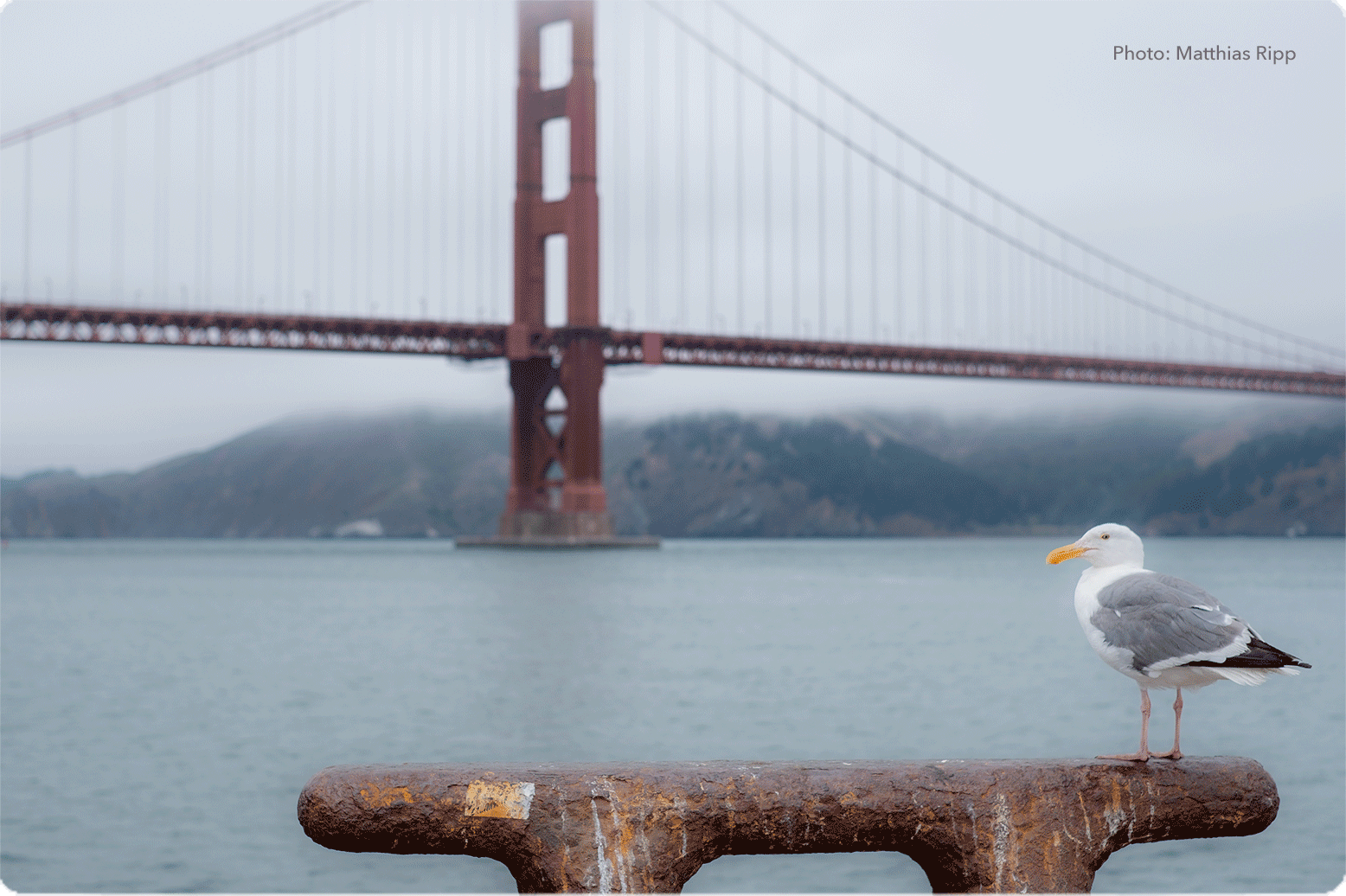
In 2019, the city of San Francisco found itself in a legal battle over two newly added provisions to its wastewater facilities’ permit.1 These provisions require the city to ensure that the Pacific Ocean meets water quality standards without specifying pollution limits that would make that possible. The lower courts rejected the city’s challenge to these provisions, leading to the nation’s highest court to address the scope of the Environmental Protection Agency’s (“EPA”) authority under the Clean Water Act (“CWA”).
On March 4, 2025, the U.S. Supreme Court issued a major decision limiting the scope of the EPA’s authority over permits regulating industrial and municipal discharges into protected waters. Specifically, the Court held that the EPA cannot enforce permit provisions that make a permittee solely responsible for the water’s quality where the permittee discharges pollutants.2 This decision redefines the EPA’s regulatory reach and establishes a precedent for how water quality responsibilities start with the EPA.
Controversy Over San Francisco’s Wastewater Permits
Under the CWA, the EPA and authorized state agencies regulate water pollution through the National Pollutant Discharge Elimination System (“NPDES”) permit program. These permits set specific limits on pollution discharges, outline monitoring and reporting requirements, and mandate best management practices to control pollution. Permit-holders that comply with these permit conditions are generally protected from liability under the CWA’s “permit shield” provision.3 However, noncompliance can result in serious civil penalties or even criminal prosecution.4
The city of San Francisco operates two wastewater treatment facilities: (1) the Bayside facility, which discharges into the San Francisco Bay, and (2) the Oceanside facility, which empties into the Pacific Ocean.6 For years, the Oceanside facility’s NPDES permit has been renewed without controversy until 2019, when two broad provisions were added.7 These so-called “end-result” provisions prohibited any discharge that causes or contributes to a violation of water quality standards and any discharge that creates pollution, contamination, or a nuisance.8 Unlike traditional NPDES permits, which set specific pollutant limits, these new provisions do not define what pollutants need to be controlled or set clear thresholds. Instead, the burden is on the city to ensure that the Pacific Ocean meets state-adopted water quality standards.
As a result, San Francisco first petitioned the EPA’s Environmental Appeals Board (“EAB”), challenging the broad nature of the new provisions, but the EAB denied the city’s petition.9 The city appealed to the Ninth Circuit, but the Ninth Circuit agreed with the EAB, concluding that the CWA allowed the EPA to impose any limitations necessary to ensure compliance with water quality standards.10
The U.S. Supreme Court’s Landmark Decision
In a 5-4 decision, the U.S. Supreme Court rules that the EPA lacks the authority to impose broad end-result prohibitions on NPDES permitholders.11 Instead, the CWA requires the EPA to clearly define the steps permittees must take to comply with water quality standards. The EPA can no longer require dischargers to ensure that a water body meets water quality standards without providing specific, enforceable pollutant limits.
The Court found that merely telling a permittee to achieve a certain water quality outcome does not constitute a concrete regulatory requirement.12 Instead, the EPA must impose specific, enforceable pollutant limits or restrictions. Further, while the existence of a “permit shield” ensures that a permittee is considered legally compliant, the Court emphasizes that broad end-result provisions can still expose a permittee to legal consequences if the water quality drops for reasons beyond its control.13 Therefore, the Supreme Court ultimately concluded that the CWA does not authorize the EPA to include end-result provisions in NPDES permits. Instead, the responsibility to determine clear, actionable steps for permittees falls on the EPA.
Justice Barrett, joined by Justices Sotomayor, Kagan, and Jackson, expressed disagreement with the majority’s holding.14 She argues that the CWA clearly grants the EPA the authority to impose limitations necessary to meet water quality standards, and that this power includes the ability to impose broader restrictions like those on San Francisco’s Oceanside permit. Justice Barrett criticizes the majority for misinterpreting the language of the CWA, as she believes the EPA’s approach in requiring these restrictions is legally justified and necessary under the law.
While the majority expressed concern that the general prohibitions are too vague and unfair, the dissent emphasized that unreasonable rules can be challenged under existing legal standards, such as the arbitrary and capricious test.15 Instead of eliminating the EPA’s ability to impose these broader limitations, Justice Barrett argued that the right course of action would be to challenge the unjust rules, not remove the tool altogether. The dissent further warned that if the EPA cannot use these limitations, it may deny or delay permit approvals at a higher rate.
In sum, the Supreme Court’s decision significantly curtails the EPA’s authority over NPDES permits, reinforcing the need for clear, enforceable pollutant limits. The ruling shifts greater responsibilities onto the EPA, limiting its ability to hold permittees accountable for overall water quality. As a result, this decision reshapes the balance of power between regulators and permit-holders. It sets the stage for future legal and policy debates over water quality enforcement under the CWA.
1 City and Cnty. of San Francisco, Cal. v. U.S. Env’tl Prot. Agency, 145 S. Ct. 704, 707 (U.S. 2025).
2 Id. at 720.
3 33 U.S.C. § 1342.
4 33 U.S.C. § 1342(k).
5 33 U.S.C. § 1319.
6 City of San Francisco v. U.S. EPA, 75 F. 4th 1074, 1082 (9th Cir. 2023).
7 Id. at 1084–1085.
8 City and Cnty. of San Francisco, 145 S. Ct. at 707.
9 City and Cty. of San Francisco, 18 E.A.D. 322, 325 (2020).
10 City of San Francisco, 75 F. 4th at 1089–1090.
11 City and Cnty. of San Francisco, 145 S. Ct. at 720.
12 Id. at 715.
13 Id. at 717.
14 Id. at 720.
15 Id. at 725.












